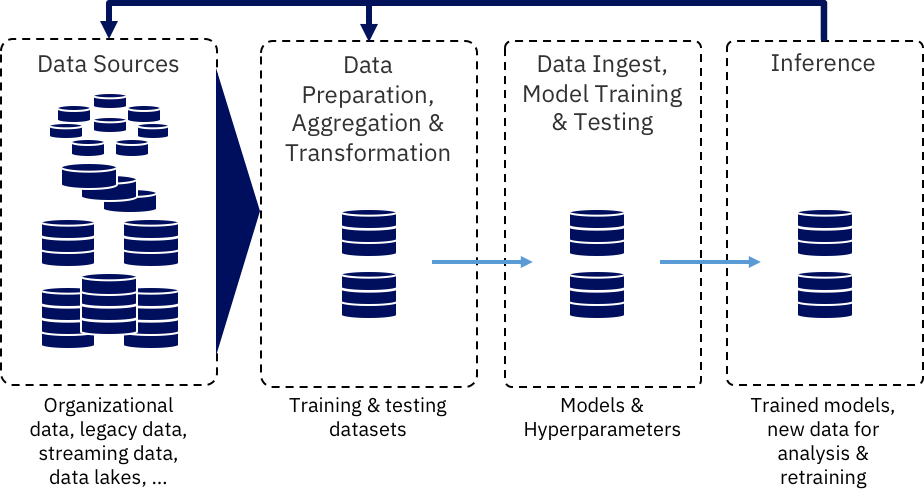15 August, Independence Day of India also remarkable for foundation day of ISRO (Indian Space Research Organization). It was formed on 1969 though the initiatives related to space program had been started by mid-1950. India’s space journey began after Dr. Vikram Sarabhai, the father of Indian space Programme, established Indian National Committee for Space Research (INCOSPAR) in 1962. At that time Soviet Union and the United States were in top position in space research domain. INCOSPAR was renamed as ISRO (Indian Space Research Organization) in 1969. In 1972, the Department of Space (DOS) and the Space Commission were established. ISRO was taken up by DOS on June 1, 1972. The vision of ISRO was: “Harness space technology for national development while pursuing space science research and planetary exploration”. The major objective of ISRO is to advance space equipment, machinery and its application to various national requirements. ISRO’s achievements, dedication and commitment have earned it national and international respect and therefore it is one of the six prime space organizations in the world.
Dr. Vikram Sarabhai had once said that he had no fantasies of landing people on the Moon or studying other planets, he wants to make India self-reliant using space technology. And today, the space agency’s chief, K Sivan, says: “Sarabhai’s initial vision that space science and technology must be used for the benefit of the common man has been the guiding force for ISRO. And, all our programs were centered around this vision, which led to several applications. Now that we are meeting all those demands, we are on the path of planting new seeds, benefits of which will be reaped in the future.”
Here are some of the recent significant achievements that ISRO added to its hat:
|
MOM |
Mangalyaan (Mars Orbiter Mission of ISRO) was launched in November 2013 and positioned into Mars’ orbit in September 2014. It finished five years of orbiting the Mars in 2019. It was India was the first country who successfully orbits the Mars in its first attempt. During this five years, MOM provided thousands of important images of Mars and its moons. |
|
Mission Shakti |
This mission is joint endeavor of ISRO and Defense Research and Development Organization (DRDO). Mission Shakti drove India into the row of leading countries with anti-satellite (A-SAT). Prime Minister announced the success of this mission in Space Defense Mission Programme in March 2019. He declared India has successfully shot down a low-orbit earth (LEO) satellite which was at the 300 km altitude from the ground. |
|
EMISAT launch |
It is the first Electronic Surveillance Satellite (EMISAT) which was placed into sun-synchronous polar orbit of height 748 km . PSLV (Polar Satellite Launch Vehicle) of ISRO carried 28 nano satellites from foreign customers (US, Lithuania, Spain, and Switzerland) along with EMISAT. It was PSLV’s 47th flight and longest mission around the earth. This Space-based electronic intelligence or ELINT is helpful to increase the situational awareness to the Armed force as it provides information and location of hostile radars in border areas. |
|
Chandrayaan-2 |
A Geosynchronous Satellite was Launched from the Satish Dhawan Space Centre (SDSC) in Sriharikota carrying India’s aspiring mission to the moon, Chandrayaan-2. This is India’s second mission for exploring south pole of the Moon. |
|
NETRA |
NETRA (Network for space object Tracking and Analysis) is the another promising project ISRO. NETRA is used to detect debris and other hazards to Indian satellites and also sends warning to the earth station. |
|
PSLV-C51/Amazonia-1 |
The PSLV-C51 launch vehicle fruitfully injected Amazonia-1 on 2021 with 18 other ride-sharing small satellites. Amazonia-1 is the optical earth observation satellite of National Institute for Space Research (INPE). It would offer remote sensing data to users for monitoring deforestation in the Amazon region and also analyze analysis the spread of agriculture across the Brazilian area. It was the first dedicated commercial mission of New Space India Limited (NSIL). It is a Government of India company under Department of Space (DOS). |
|
Indian student satellites UNITYsat and Satish Dhawan SAT (SDSAT) |
Polar Satellite Launch Vehicle PSLV-C51 successfully injected Indian student satellites UNITYsat and Satish Dhawan SAT (SDSAT) on 2021. Jeppiaar Institute of Technology, Sriperumbudur (JITsat), GH Raisoni College of Engineering, Nagpur (GHRCEsat) and Sri Shakti Institute of Engineering and Technology, Coimbatore (Sri Shakthi Sat) jointly developed UNITYsat. Space Kidz India introduced Satish Dhawan SAT (SDSAT). UNITYsat used to provide radio relay services. SDSAT helps to study radiation level, space weather and demonstrate long distance communication technologies. Thus ISRO gives the wings to young minds. |
|
PSLV-C52 /EOS-04 |
India’s Polar Satellite Launch Vehicle PSLV-C52 launched Earth Observation Satellite EOS-04 in the year 2022. It is injected into a proposed sun synchronous polar orbit of height 529 km. It is a Radar Imaging Satellite. It is able to deliver high quality images under all weather conditions for applications such as Forestry & Plantations, Agriculture, Soil Moisture & Hydrology and Flood mapping. |
Indian scientists have admirable progress and successes in space research. Their contribution makes India proud. Presently ISRO is able to rub shoulders with the best in the business, and one example is the Nasa-Isro Synthetic Aperture Radar (NISAR) project, in which, ISRO is an equal partner with Nasa and not an agency that is seeking the big brother’s help.



















